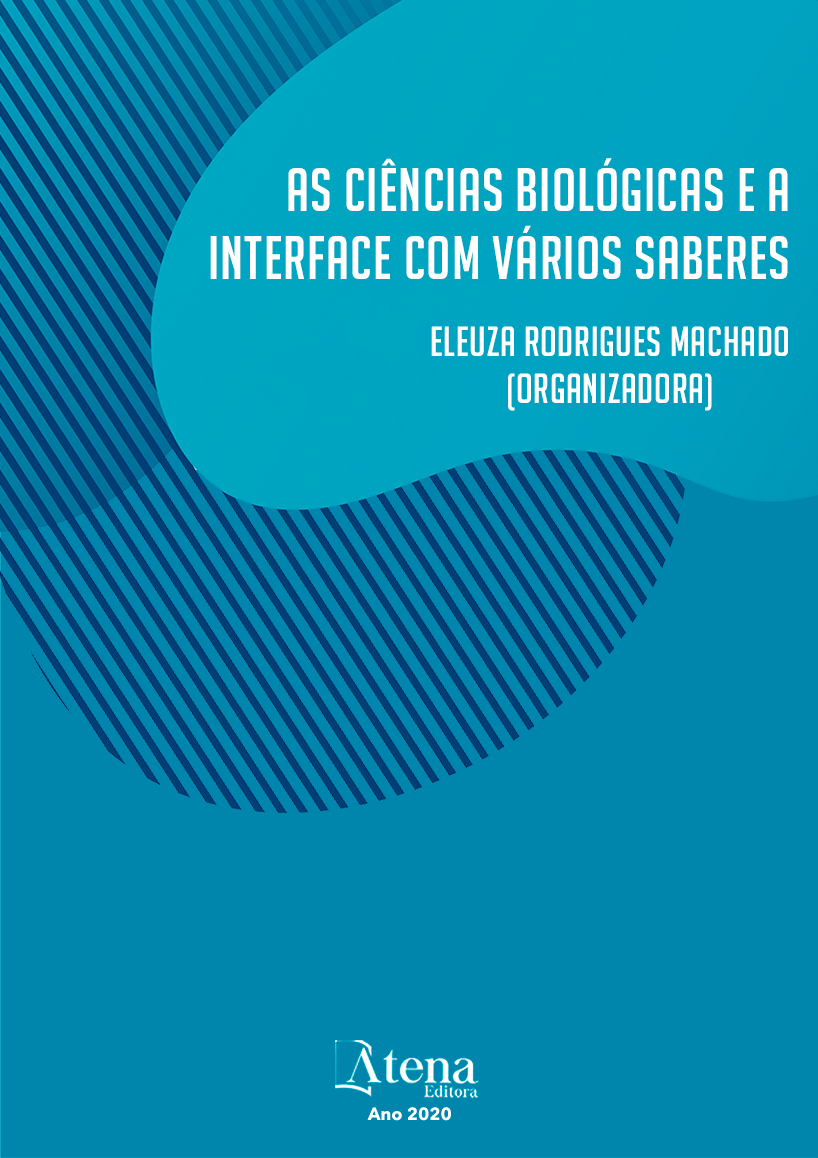
AÇÃO DE BIOESTIMULANTES E NUTRIENTES VIA TRATAMENTO DE SEMENTES NA GERMINAÇÃO E DESENVOLVIMENTO DE PLÂNTULAS DE ZEA MAYS L.
O milho (Zea mays L.) é o cereal mais produzido no mundo, responsável por grande parte do total de calorias produzidas pela agricultura. O tratamento de sementes é uma técnica muito utilizada no cultivo da espécie, sendo considerada fundamental para o sucesso da lavoura. O objetivo do trabalho foi avaliar o efeito (Ação) de bioestimulantes e micronutrientes via tratamento de sementes, na germinação e no desenvolvimento de plântulas de Zea mays L.O trabalho foi realizado no laboratório de Botânica Aplicada da Universidade Estadual do Norte do Paraná (UENP), campus Luiz Meneghel, Bandeirantes-Paraná. Os produtos manuseados foram: Bioestimulante (BIO) contendo em sua composição ácido índolbutírico 0,005%, cinetina 0,009% e ácido giberélíco 0,005% e Composto Mineral (CM) contendo em sua composição 18% P2O5, Nitrogênio 12%, K2O 2%, Zinco 0,14% e Molibdênio 0,001%. Os tratamentos consistiram de: T1- Testemunha (T); T2 – 1,75 mL/kg de (CM); T3 – 3,5 mL/kg de (CM); T4 – 7 mL/kg de (CM); T5 – 14 mL/kg de (CM); T6 – 7,5 mL/kg de (BIO); T7 – 15 mL/kg de (BIO); T8 – 30 mL/kg de (BIO); T9 – 60 mL/kg de (BIO);. Foram avaliados os parâmetros: Primeira Contagem de Emergência (PCE); porcentagem de Emergência (E%); Índice de velocidade de emergência (IVE); Comprimento de Raiz (CR); Altura de Parte Aérea (APA); Peso de Massa Seca de raiz (MSR); Peso de Massa Seca de parte aérea (MSPA). Concluiu-se que o bioestimulante e o composto mineral, em suas diferentes doses, no tratamento de sementes de Zea mays L., não afetaram os parâmetros de germinação e de desenvolvimento das plântulas.
AÇÃO DE BIOESTIMULANTES E NUTRIENTES VIA TRATAMENTO DE SEMENTES NA GERMINAÇÃO E DESENVOLVIMENTO DE PLÂNTULAS DE ZEA MAYS L.
-
DOI: 10.22533/at.ed.7422004064
-
Palavras-chave: Milho, Bioestimulante, Micronutrientes
-
Keywords: Corn biostimulant micronutrients
-
Abstract:
Corn (Zea mays L.) is the most produced cereal in the world, responsible for a large part of the total calories produced by agriculture. Seed treatment is a technique widely used in the cultivation of the species, being considered fundamental for the success of the crop. The objective of the work was to evaluate the effect (Action) of biostimulants and micronutrients via seed treatment, on the germination and seedling development of Zea mays LO The work was carried out in the Applied Botany laboratory of the State University of Northern Paraná (UENP), Luiz Meneghel campus, Bandeirantes-Paraná. The products handled were: Biostimulant (BIO) containing indolbutyric acid 0.005%, kinetin 0.009% and gibberellic acid 0.005% and Mineral Compound (CM) containing 18% P2O5, Nitrogen 12%, K2O 2%, Zinc 0 , 14% and Molybdenum 0.001%. The treatments consisted of: T1- Control (T); T2 - 1.75 mL / kg of (CM); T3 - 3.5 mL / kg of (CM); T4 - 7 mL / kg of (CM); T5 - 14 mL / kg of (CM); T6 - 7.5 mL / kg of (BIO); T7 - 15 mL / kg of (BIO); T8 - 30 mL / kg of (BIO); T9 - 60 mL / kg of (BIO) ;. The parameters were evaluated: First Emergency Count (PCE); percentage of Emergency (E%); Emergency speed index (IVE); Root Length (CR); Aerial Part Height (APA); Dry Root Mass Weight (MSR); Weight of dry mass of aerial part (MSPA). It was concluded that the biostimulant and the mineral compound, in their different doses, in the treatment of seeds of Zea mays L., did not affect the parameters of germination and seedling development.
-
Número de páginas: 6
- Vinícius José de Jesus Machado
- Maria Aparecida da Fonseca Sorace
- Conceição Aparecida Cossa
- Alexandre Alves da Silva
- Artur Alves de Oliveira Braga
- Paulo Frezato Neto
- Pablo Frezato


